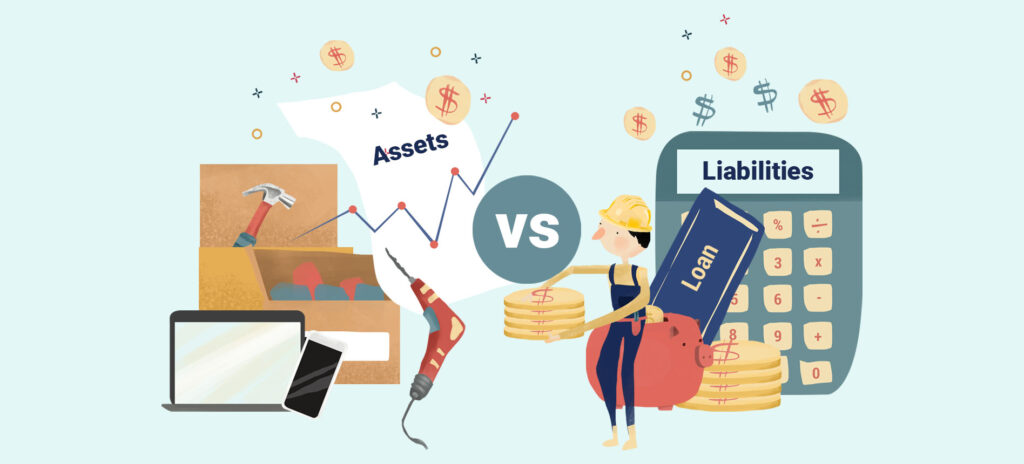DIFFERENCE BETWEEN ASSETS AND LIABILITIES
Assets and liabilities are two important concepts in accounting and finance that are used to describe the financial position of an individual or organization.
Assets are things of value that an individual or organization owns and controls, and which can be used to generate income or create value. Assets can include cash, investments, property, equipment, inventory, and accounts receivable. Assets are usually listed on a balance sheet and are typically categorized as either current assets or fixed assets.
Liabilities, on the other hand, are obligations or debts that an individual or organization owes to others. Liabilities can include loans, accounts payable, taxes owed, and other financial obligations. Liabilities are also listed on a balance sheet and are categorized as either current liabilities or long-term liabilities.
Here are the key differences between assets and liabilities:
- Definition: Assets are resources that have monetary value and can be used to generate future economic benefits. Liabilities are financial obligations or debts owed by a person or entity to another party, which must be paid back at a future date.
- Ownership: Assets are owned or controlled by a person or entity. Liabilities represent the amount of money owed to another party.
- Nature: Assets are typically positive items on a balance sheet, representing the wealth or value of a person or entity. Liabilities are typically negative items on a balance sheet, representing financial obligations or debts that must be paid.
- Value: Assets have a positive value, representing the monetary worth of the item or resource. Liabilities have a negative value, representing the amount of money owed to another party.
- Timeframe: Assets are resources that can be used to generate economic benefits over a period of time. Liabilities are financial obligations that must be repaid within a specific timeframe.
- Importance: Assets are important for the growth and success of a person or entity, as they can generate revenue and create opportunities for expansion. Liabilities can be a burden on a person or entity, as they represent financial obligations that must be met and can impact cash flow and profitability.
- Risk: Assets can carry some level of risk, as their value can fluctuate based on market conditions or changes in demand. Liabilities represent a greater risk, as they must be repaid regardless of market conditions and can impact the financial stability of a person or entity.




